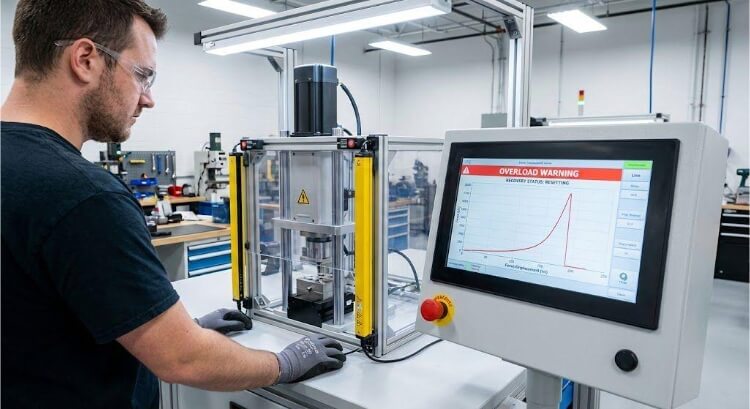Picking the correct sheet metal can make or break your project. The wrong choices can lead to costly mistakes, wasted time, and substandard results. But don’t worry – with the proper knowledge, you can make an informed decision that ensures your project’s success.
Today’s most common sheet metal types in industry include stainless steel, aluminum, carbon steel, and copper. Understanding your project’s specific needs is the key to choosing the suitable sheet metal. Consider factors like strength, durability, cost, workability, and aesthetic requirements. Each type of sheet metal has unique properties that make it suitable for different applications.
Let’s explore the most common types of sheet metal and their best uses. This guide will help you make an informed decision for your next project.
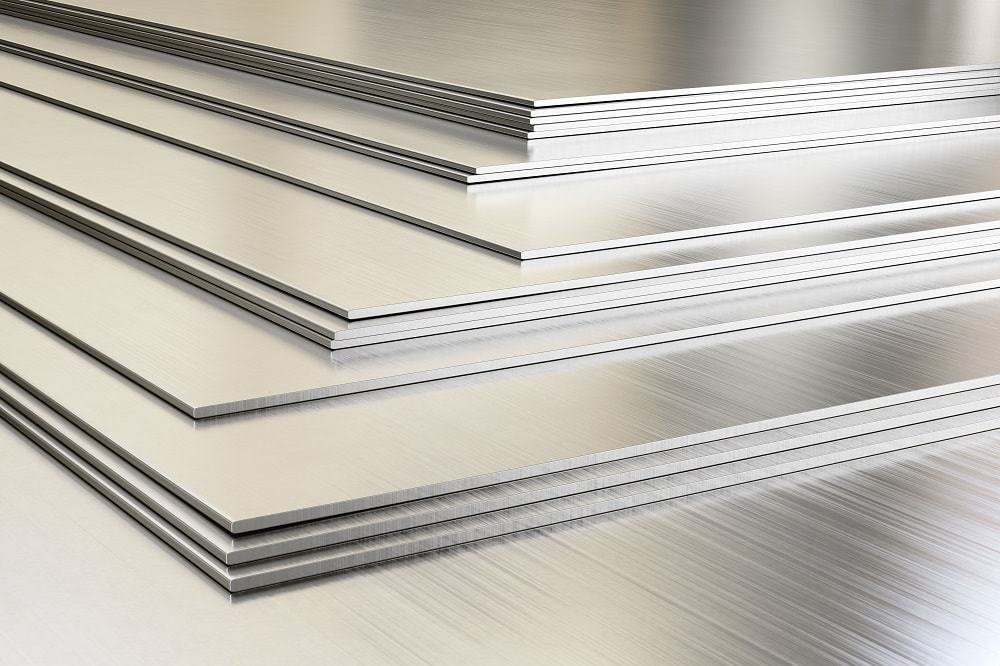
The Basics of Sheet Metal
Definition of Sheet Metal: Understanding its properties and forms
Sheet metal refers to thin, flat metal formed by industrial processes. These versatile materials come in various thicknesses, typically from 0.006 to 0.25 inches. Sheet metal can be bent, cut, and shaped into many forms. This versatility makes it useful for countless applications.
Common forms include sheets, coils, and strips. Each form suits different project needs. Sheets are flat, coils are rolled, and strips are long and narrow.
The Manufacturing Process: How sheet metal is produced and processed
Sheet metal starts as molten metal. The liquid metal is poured into molds or directly onto a conveyor belt. It’s then rolled into thin sheets. This process is called “rolling.”
After rolling, the metal may undergo further treatments. These can include:
Criteria for Choosing Sheet Metal: Factors affecting metal selection in industrial applications
Selecting the correct sheet metal involves several factors:
- Strength: How much force can the metal withstand?
- Durability: How long will it last in its intended environment?
- Weight: Is a lightweight or heavy material needed?
- Corrosion resistance: Will it be exposed to harsh conditions?
- Workability: How easily can it be shaped or formed?
- Cost: What’s your budget for materials?
- Appearance: Does the metal need to look a certain way?
Consider these factors carefully. They’ll guide you to the best choice for your project.
Different Types of Sheet Metal
Aluminum
Aluminum stands out as a versatile and popular sheet metal choice. Its properties make it ideal for various industries.
Properties:
- Lightweight: One-third the density of steel
- Corrosion-resistant: Forms a protective oxide layer
- Highly conductive: Excellent thermal and electrical conductivity
- Strong: Especially when alloyed with other metals
Common Applications:
- Aerospace: Aircraft skins, structural components
- Automotive: Body panels, engine parts
- Construction: Roofing, siding, window frames
- Packaging: Cans, foil, food containers
Steel
Steel remains a cornerstone material in sheet metal fabrication. Its strength and versatility make it indispensable in many sectors.
Properties:
- High strength: Excellent load-bearing capacity
- Durability: Resistant to wear and tear
- Versatility: Can be alloyed for specific properties
- Cost-effective: Widely available and economical
Common Applications:
- Infrastructure: Bridges, buildings, towers
- Machinery: Industrial equipment, heavy machinery
- Tools: Hand tools, power tools
- Automotive: Chassis, body panels, structural components
Stainless Steel
Stainless steel offers a combination of strength and corrosion resistance. This makes it suitable for demanding environments.
Properties:
- Exceptional corrosion resistance: Due to chromium content
- Aesthetic appeal: Sleek, modern appearance
- High strength: Maintains integrity under stress
- Heat resistant: Performs well at high temperatures
Common Applications:
- Medical equipment: Surgical instruments, implants
- Kitchen appliances: Sinks, refrigerators, cookware
- Marine environments: Boat fittings, offshore structures
- Food processing: Storage tanks, preparation surfaces
Copper
Copper’s unique properties make it invaluable in specific applications. Its conductivity and antimicrobial qualities set it apart.
Properties:
- Excellent electrical conductivity: Best among common metals
- Natural antimicrobial qualities: Inhibits bacterial growth
- Corrosion resistant: Forms protective patina
- Highly ductile: Easy to form and shape
Common Applications:
- Electrical components: Wiring, circuit boards
- Roofing: Durable and aesthetically pleasing
- Decorative arts: Sculptures, architectural elements
- Plumbing: Pipes, fittings
Brass
Brass, an alloy of copper and zinc, offers unique characteristics. Its malleability and appearance make it popular in various fields.
Properties:
- Malleability: Easy to shape and form
- Resistance to corrosion: Performs well in diverse environments
- Attractive appearance: Golden color and luster
- Good acoustic properties: Used in musical instruments
Common Applications:
- Decorative items: Furniture hardware, lamps
- Gears: Clock mechanisms, small machinery
- Locks: Keys, lock cylinders
- Musical instruments: Trumpets, trombones, tubas
Titanium
Titanium excels in high-performance applications. Its strength-to-weight ratio makes it valuable in advanced industries.
Properties:
- Superior strength-to-weight ratio: Strongest relative to its weight
- Corrosion resistance: Performs well in harsh environments
- Biocompatibility: Safe for use in medical implants
- High melting point: Suitable for extreme temperatures
Common Applications:
- Aerospace: Aircraft components, spacecraft parts
- Military: Armor plating, naval applications
- Advanced engineering: Chemical processing equipment
- Medical: Implants, surgical instruments
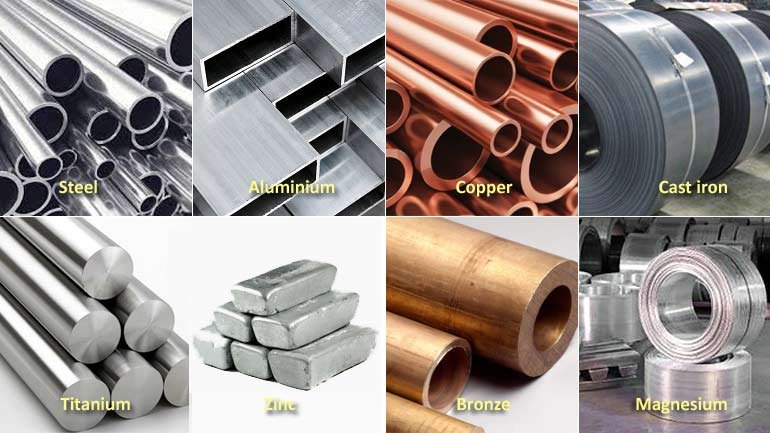
Advanced Sheet Metals
Alloy Combinations: Enhancing properties through metallurgical innovations
Alloys combine two or more metals to create materials with enhanced properties. This process allows for custom-tailored solutions:
- Steel alloys can include elements like nickel or chromium for improved strength.
- Aluminum alloys often incorporate copper or magnesium for better performance.
- Titanium alloys may include vanadium to increase strength and reduce weight.
Alloys offer a way to fine-tune metal properties for specific project needs.
Coated Metals: Types of coatings and their benefits (galvanized, anodized)
Coatings can significantly improve a metal’s performance:
- Galvanization applies a zinc coating to steel, enhancing corrosion resistance.
- Anodizing creates a durable oxide layer on aluminum, improving wear resistance.
- Powder coating provides a tough finish that resists chipping and scratching.
These coatings extend the life of metals and expand their range of applications.
High-Strength Low-Alloy Steels (HSLA)
Properties: Increased strength without significant weight increase
HSLA steels offer an excellent balance of strength and weight:
- They’re stronger than standard carbon steels.
- Their strength allows for thinner gauges, reducing overall weight.
- HSLA steels maintain good formability despite their increased strength.
These properties make HSLA steels valuable in weight-sensitive applications.
Applications: Automobile frames, bridges
HSLA steels find use in demanding applications:
- Automakers use them to create strong, lightweight vehicle frames.
- Bridge builders choose HSLA for their combination of strength and durability.
- Construction projects benefit from their high strength-to-weight ratio.
HSLA steels offer a way to reduce material use while maintaining structural integrity.
Understanding Metal Grades
Grade classifications for steel, aluminum, and copper
Metal grades help categorize materials based on their composition and properties:
Steel grades:
- Carbon steel: Classified by carbon content (low, medium, high)
- Stainless steel: Grades like 304 or 316 indicate specific alloy compositions
- Tool steel: Grades like A2 or D2 denote heat treatment and intended use
Aluminum grades:
- 1000 series: Nearly pure aluminum
- 2000 series: Alloyed with copper for strength
- 5000 series: Alloyed with magnesium, superior corrosion resistance, and excellent weldability.
- 6000 series: Alloyed with magnesium and silicon for good formability
- 7000 series: Alloyed primarily with zinc, this series is renowned for its exceptional strength
Copper grades:
- C110: 99.9% pure copper
- C260: Cartridge brass (70% copper, 30% zinc)
- C510: Phosphor bronze with high strength and wear resistance
These classifications help engineers choose the suitable metal for each application.
Impact of grades on performance and cost
Metal grades significantly affect both performance and price:
Performance:
- Higher grades often offer improved strength or corrosion resistance
- Some grades are optimized for specific properties like formability or machinability
- Specialized grades can provide unique combinations of properties
Cost:
- Higher grades typically cost more due to added alloying elements or processing
- Purer metals (like 1000 series aluminum) can be less expensive
- Rare alloying elements can significantly increase the price of specialty grades
Balancing performance needs with budget constraints is vital when selecting metal grades.
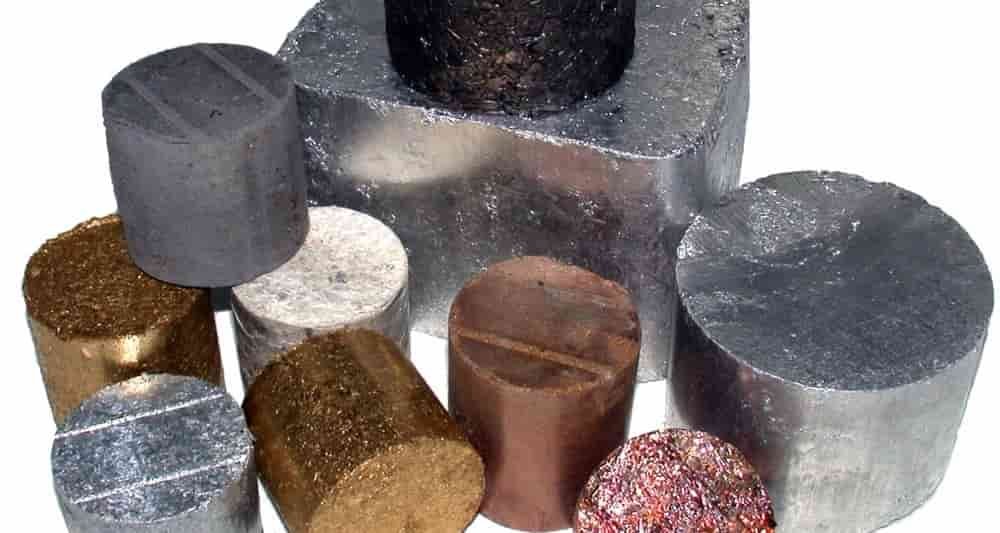
Selecting the Right Sheet Metal
Cost-Effectiveness: Balancing quality and budget
Cost plays a crucial role in sheet metal selection. We always aim to find the sweet spot between quality and budget. Here’s how:
- Compare prices of different metals
- Consider the long-term value, not just upfront costs
- Factor in fabrication expenses
- Evaluate maintenance requirements
A cheaper metal might seem attractive initially. But it could lead to higher costs if it doesn’t meet your needs.
Performance Requirements: Matching metal properties with industrial needs
Each project has unique demands. We assess these key factors:
- Strength and durability
- Weight requirements
- Corrosion resistance
- Thermal conductivity
- Electrical conductivity
For example, aluminum is lightweight but strong. Steel offers excellent strength at a lower cost. Stainless steel resists corrosion well.
Availability and Sourcing: How to source the correct type of metal
Finding the right metal supplier is crucial. We recommend:
- Research reputable suppliers
- Check lead times and stock availability
- Ask for material certifications
- Consider local vs. international sourcing
A reliable supplier ensures consistent quality and timely delivery. This keeps your project on track and within budget.
Trends and Innovations
Recycling and Sustainability in Sheet Metal Production
Sustainability is reshaping the sheet metal industry. Here’s what’s happening:
- Increased use of recycled metals
- Energy-efficient production methods
- Waste reduction strategies
- Green certifications for manufacturers
These practices reduce environmental impact and often cut costs. Many clients now prefer eco-friendly options.
Technological Advancements: 3D printing with metals, automation in sheet metal fabrication
Technology is transforming sheet metal work:
- 3D metal printing enables complex designs
- Automated bending and cutting boost efficiency
- AI-powered design software optimizes material use
- Laser cutting improves precision and speed
These advancements lead to faster production, less waste, and new design possibilities.
Future Materials: Emerging materials and their potential impacts
The future of sheet metal looks exciting:
- High-strength, lightweight alloys
- Self-healing metals
- Nanostructured materials
- Biomimetic metals inspired by nature
These innovations could revolutionize industries from aerospace to construction. They promise better performance and new applications.
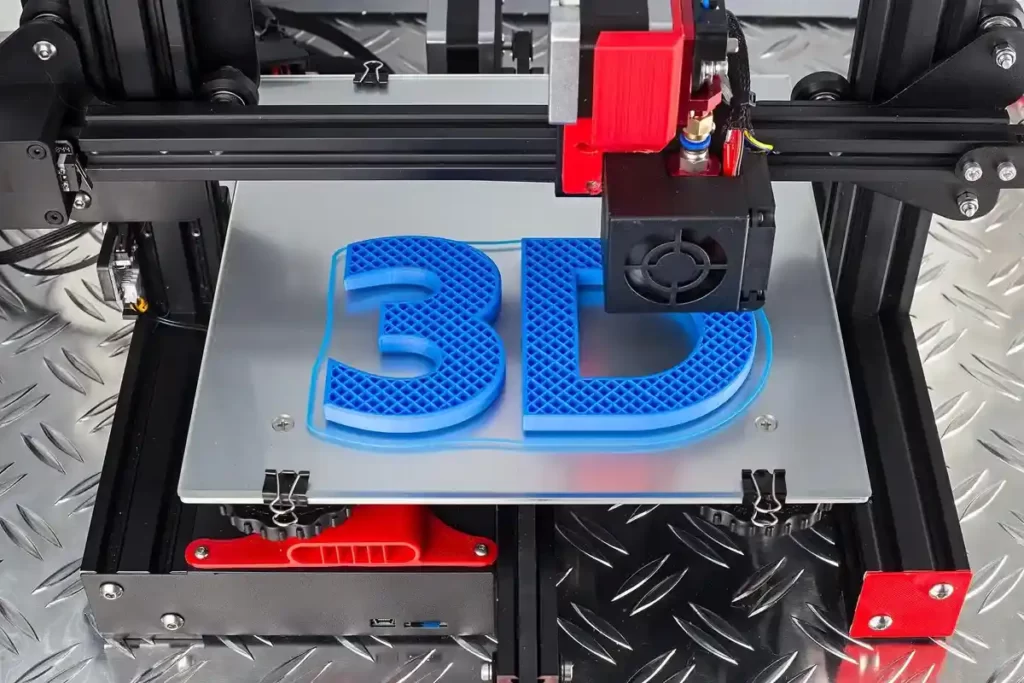
Conclusion
Choosing the suitable sheet metal is crucial for project success. It impacts performance, cost, and longevity. Take time to evaluate your options carefully. The right choice will lead to better results and fewer headaches. If you need more clarification, consult with experts or suppliers. They can provide valuable insights based on your unique requirements.
Remember, there’s no one-size-fits-all solution in sheet metal selection. Each project has its demands. By applying the knowledge from this guide, you’re well-equipped to make an informed decision.
Do you need a reliable sheet metal parts manufacturer? Shengen is the place to go. We specialize in sheet metal laser cutting, bending, surface finish, and CNC Machining. Reach out to Shengen Today and seek help from professionals!
FAQs
What are the three types of sheet metal layouts?
Sheet metal layouts include parallel lines, radial lines, and triangulation. Parallel lines suit rectangular shapes, radial lines work for conical forms, and triangulation handles complex, irregular shapes. Each method serves different project needs based on the final product’s geometry.
What is the most cost-effective type of sheet metal for outdoor projects?
Galvanized steel often proves most cost-effective for outdoor use. It resists corrosion well and offers good strength at a reasonable price. Despite higher initial costs, aluminum or stainless steel might be better long-term investments for harsh environments.
How do I determine the right thickness of sheet metal for my project?
Consider the load, forming processes, and industry standards when choosing sheet metal thickness. The correct gauge balances strength, weight, and cost. Consult an expert for complex projects. Remember, thicker is sometimes better.
Can sheet metal be recycled or reused for new projects?
Most sheet metals are highly recyclable. This process saves energy, reduces environmental impact, and often cuts costs. Many metals, like aluminum and steel, can be recycled indefinitely without losing their properties.
What are the safety considerations when working with sheet metal?
Safety in sheet metal work is crucial. Wear proper gear like gloves and goggles. Use appropriate tools and secure workpieces well. Keep your work area clean and organized. Always follow manufacturer guidelines for each metal type.
Hey, I'm Kevin Lee

For the past 10 years, I’ve been immersed in various forms of sheet metal fabrication, sharing cool insights here from my experiences across diverse workshops.
Get in touch

Kevin Lee
I have over ten years of professional experience in sheet metal fabrication, specializing in laser cutting, bending, welding, and surface treatment techniques. As the Technical Director at Shengen, I am committed to solving complex manufacturing challenges and driving innovation and quality in each project.

